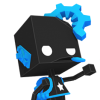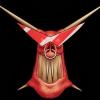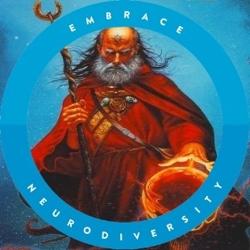I still do wonder if textual programming will one day be the "last resort."
Unlikely -- graphs like this are really innefficient. They can be nice when each node can provide a preview of results to that point (as in a graph-based shader tool) for instant gratification/exploration, but that's mostly a boon for those inexperienced with the domain (e.g. artists creating shaders, rather than graphics programmers, or someone simply new to shaders). When you know where it is you're going, nothing so far beats text for efficiency, and until we can literally send our thoughts to a computer with enough precision to express complex logic, I don't see that changing.
I get the appeal of graph languages in specialized domains or for new audiences -- they're flashy, immediately gratifying, and remove some stumbling blocks like misspellings or entire classes of logic errors, all of which is really appealing; but they fall flat once you know what you're doing and all that stuff just starts getting in the way. If there's a better way than text (and I don't think there is) its not graphs.
Like Hodgman, if anything, I would want for (and suspect it will be) the next evolution of programming input to be essentially such that a program is a loosely-coupled database of independent entities (classes, functions, structs, etc), and which the editing environment supported -- kind of like the Light Table IDE concept (or at least original concept, its not clear from the current site whether they ditched that feature or not -- by appearances, they might have focused on real-time visual feedback on your program instead.)











